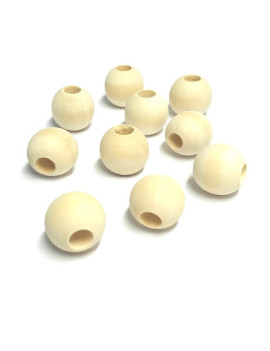As winter sets in and natural sunlight becomes scarcer, ensuring your pet birds receive adequate UVA and UVB lighting becomes even more critical. Reduced daylight hours and indoor living during colder months can negatively impact your bird's health, mood, and overall well-being. Here’s why UVA and UVB lighting is vital year-round, with special attention to the winter season.
The Role of UVA and UVB Lighting
-
UVA Light for Enhanced Vision and Behavior
- Birds see ultraviolet A (UVA) rays, enabling them to perceive a broader spectrum of colors than humans. This affects their ability to identify mates, food, and surroundings.
- Without UVA, birds can experience stress and behavioral issues, especially in dim winter lighting. Full-spectrum lighting indoors helps mitigate this problem, promoting better mood and behavior.
-
UVB Light for Vitamin D3 Synthesis
- Birds require UVB exposure to produce vitamin D3, which is essential for calcium absorption and overall health.
- Vitamin D3 levels can drop significantly during winter, leading to weakened bones, poor feather condition, and reproductive challenges. Indoor UVB lighting compensates for this seasonal deficiency.
Winter Challenges for Pet Birds
During winter, natural UV rays are often blocked due to:
- Shorter days and reduced sunlight.
- Indoor living to avoid cold temperatures.
- Windows filtering out natural UVA and UVB rays.
Without proper lighting, your bird may develop health issues like metabolic bone disease, feather plucking, or mood imbalances.
Benefits of Full-Spectrum Lighting in Winter
- Mimics Natural Sunlight: Full-spectrum bulbs provide both UVA and UVB light, compensating for limited natural exposure.
- Supports Circadian Rhythms: Proper lighting helps regulate sleep and activity cycles, which can be disrupted in low-light winter conditions.
- Prevents Seasonal Affective Disorder: Just as humans can experience mood dips in winter, birds also benefit from consistent, high-quality lighting to maintain a positive mood.
How to Ensure Proper Lighting
- Install Full-Spectrum Bulbs: Choose bulbs designed specifically for birds, ensuring UVA and UVB coverage.
- Maintain Proper Distance: Place lights 12–18 inches from your bird’s cage to avoid eye and feather damage.
- Use Timers: Mimic natural daylight cycles by providing 10–12 hours of light daily.
- Replace Bulbs Regularly: UVB bulbs lose effectiveness over time, even if they still emit visible light. Replace them every 6–12 months.
Conclusion
Winter amplifies the need for proper UVA and UVB lighting for pet birds. Investing in quality full-spectrum lighting ensures your bird’s health, happiness, and vibrancy, even during the darkest months of the year.
Would you like recommendations for the best winter lighting options for your birds? Let me know!

















































